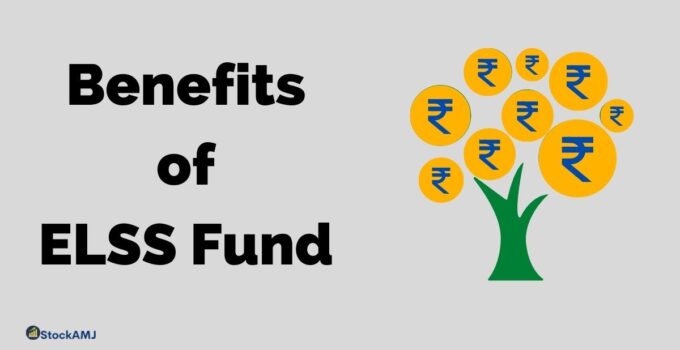These are funds that invest primarily in stocks or equity-linked investments. This allows you to save up to Rs.1,50,000 / – as per Section 80C of the Income Tax Act.
What are the Benefits of ELSS Fund?
- It provides tax savings of up to Rs. 1,50,000 / – as per Section 80C of the Income Tax Act.
- At least 80% of the total assets under the scheme are for equity or equity investment. Funds are allowed to invest in different capital categories (market capitalization).
- lock-in period (during which you cannot withdraw money) is 03 years, the shortest lock-in period of all other tax-saving schemes.
- Long-term capital tax depends on the profit.
Important Things to Consider Before Investing in an ELSS Fund
- Although investing in ELSS funds is tax saving, they are similar to general equity funds and should therefore be viewed from a long-term investment perspective. At the end of the three-year lock-in period, the investment should be evaluated on the basis of their future performance without withdrawal.
- Each ELSS fund is run differently. Some funds invest heavily in large-cap stocks, while others prefer mid-small cap stocks.
- If you choose the option of growth when investing, you can get the benefit of compounding.
- Looking at the past history, it seems that investments in ELSS funds increase after the month of January when companies tell their employees the tax figures and People start investing in ELSS fund for tax savings.
Advantages of ELSS Fund
- tax savings up to Rs. 1,50,000 are possible as per Section 80C of the Income Tax Act.
- The lock-in period is for 03 years, the shortest lock-in period of all other tax saving devices.
- The option of phased investment is available through Systematic Investment Plan (SIP).
- Investing in a disciplined manner can lead to great wealth in the long run with good returns.
Conclusion
You have to keep in mind that in the end, when you invest in stocks, a systematic investment plan (SIP) is the best way to invest because you are investing in different levels of the market. Invest every month from the beginning of the financial year.
Take a Look




